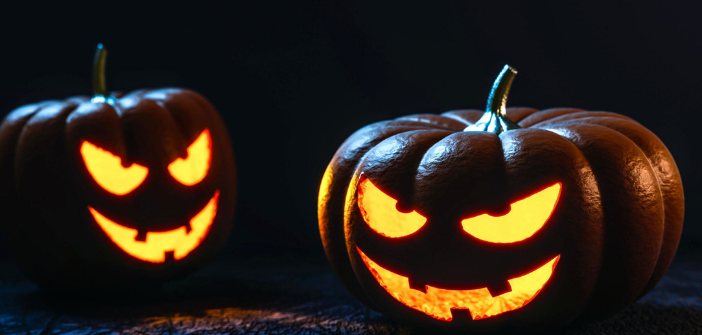Ah, Halloween! Every year it’s the same thing: decorations everywhere, costumes in every store, children coming to ask for candy… It’s true that this holiday seems to be as commercial as possible. Yet, like many other holidays, there is a real history behind it all.
The Origins of Halloween
Contrary to popular belief, Halloween is not originally an American holiday. Its origin dates back nearly 2,500 years, in Ireland and Scotland. At the time, the holiday was called Samhain, after the god of the dead, and it lasted seven days. It served to create a bridge between two worlds: the world of the dead and the world of the living.
The festival of Samhain was replaced by All Saints’ Day with the arrival of Christianity in the 5th century.
The name Halloween comes from the contraction of All Hallows’ Eve, which means the eve of all saints.
It was in the mid-19th century that the tradition made its way to the United States during the wave of immigration from Ireland to the New World, as Irish immigrants brought it with them.
Popularization in France
While Halloween became widely popular in the United States by the end of the 19th century, it wasn’t until the 1990s that it gained the same status in France. The holiday began to gain recognition at the start of the decade, but it was especially in 1997 that it gained media visibility when the phone operator France Télécom launched an orange phone called Olaween. 8,000 pumpkins were then distributed on the plaza of the Trocadéro in Paris. Two years later, Coca Cola organized the Halloween Party at the Zenith in Paris, once again a successful event.
Although today the history behind this celebration has fallen into oblivion, it is nonetheless an unmissable event.


